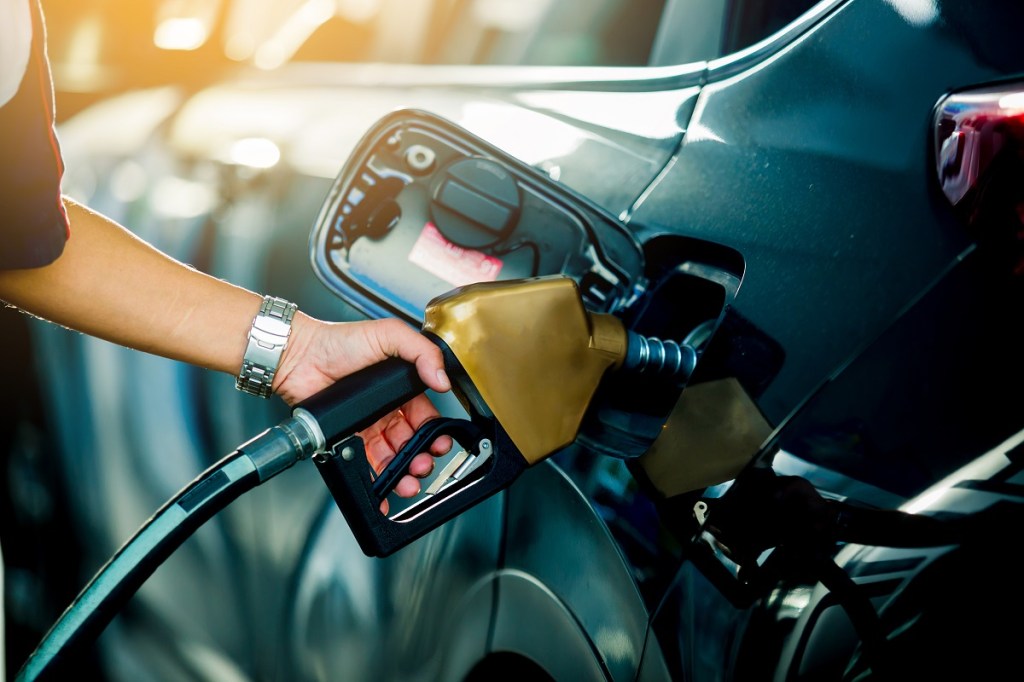Australia’s Real-World Testing Program found that five of 13 cars tested reported fuel consumption levels between 9 and 20 per cent higher than their lab results.
The Real-World Testing Program compares vehicles’ fuel consumption and emissions in Australian driving conditions with the laboratory test results reported by car manufacturers.
Of the 13 vehicles tested, seven delivered fuel consumption within 5 per cent of lab test results, while five exceeded their lab test fuel consumption by between 9 and 20 per cent, with the largest variation recorded in the BMW X3, which consumed 20 per cent more fuel in the real-world test than in the laboratory test reported by the manufacturer.
Michael Bradley, Managing Director of the AAA, said Real-World Testing offered consumers and fleet buyers a clear picture of vehicle running costs and environmental performance and would drive down demand for models that over-promised and under-delivered.
“Using these fuel consumption test results will improve motoring affordability for Australians, while cleaning up our light vehicle fleet.
“This information could help a new car buyer save hundreds of dollars a year. The program is also helping fleet-owners to better manage their purchasing decisions, budgets, and environmental commitments.”
The MG3, a small car, consumed 19 per cent more fuel on the road than in the laboratory, while the Audi Q5’s fuel consumption exceeded its corresponding lab test by 17 per cent, the Toyota Yaris Cross by 12 per cent, and the Volvo XC40 by 9 per cent.
The $14 million program, which was launched last October, is funded by the Commonwealth Government and conducted by the Australian Automobile Association (AAA) and will test 200 cars, SUVs, utes, and electric vehicles over four years.
To stay up to date on the latest industry headlines, sign up to the C&I e-newsletter.

